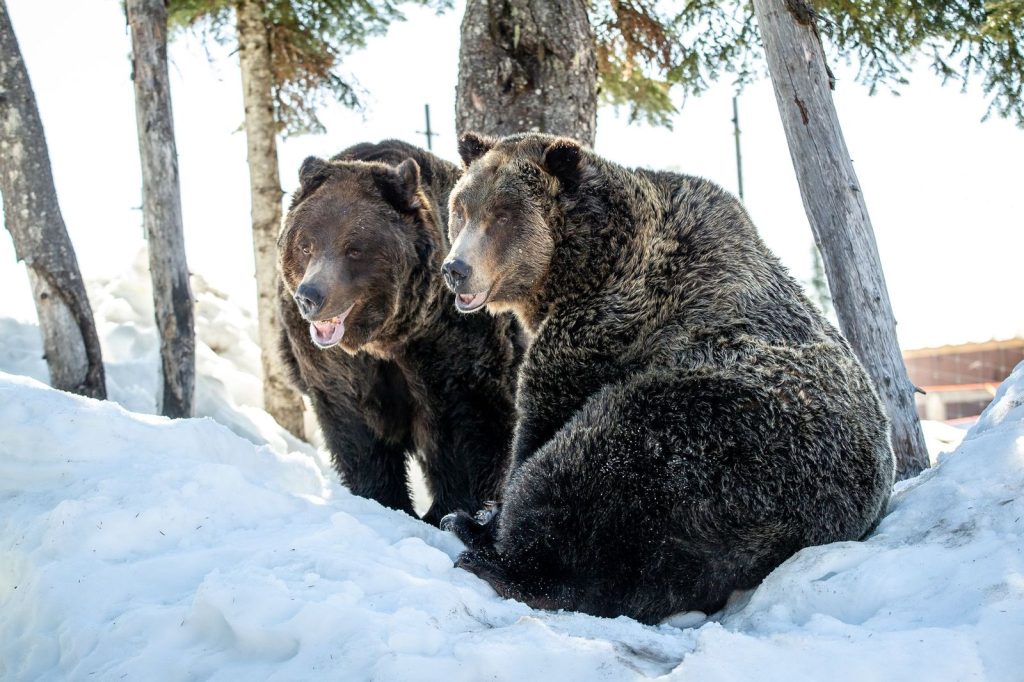Measles threat in Vancouver
Posted July 4, 2018 2:04 pm.
Last Updated July 4, 2018 4:13 pm.
This article is more than 5 years old.
RICHMOND (NEWS 1130) – The BC Centre for Disease Control has issued a measles alert after an infected person travelled into Vancouver on a recent flight.
The passenger flew from New Delhi on China Southern flight CZ 3028 on June 23rd and connected in Guangzhou. The China Southern flight CZ 377 from Guangzhou landed at YVR on June 23rd at 9:30 p.m.
Health officials are concerned this person could have infected other people on either (or both) of those flights. They’re also concerned that potentially-exposed people might be connecting to other Canadian destinations.
Measles is a highly infectious disease with symptoms that include a fever, cough, runny nose, red eyes and a rash. Symptoms would develop after an incubation period of about one to three weeks and would start to show by July 15th if a traveller has been infected with measles via these flights.
Because it’s been more than six days since the flight, it’s too late for a officials to use a post-exposure medication on people that have been exposed. those symptoms appear, you need to seek medical attention.
“[But also] avoid infecting others while [you’re] seeking medical attention. Those types of exposures can occur in places like waiting rooms of emergency rooms or doctors offices,” says Monika Naus with the BCCDC. She adds to call ahead if you are going to see a doctor, and try to get in toward the end of the day.
People most at risk are those who haven’t been vaccinated, like babies under a year old, or people who have not been previously infected. The BCCDC says if you’ve been vaccinated, you should be “adequately protected”.
Naus also says there is no possibility that this person got the measles after arriving in Vancouver, as our region does not have “home grown measles”.
“Measles is considered to be eliminated in the Americas,” she says, explaining people usually bring the disease from over seas. The BCCDC recommends going over your immunization status before you travel.
There were two other cases of a measles outbreak, one in 2010 and in 2014.
“The 2010 outbreak was smaller, but it spread throughout the province, all five regions of the province were affected,” she says.
“The 2014 outbreak was in Fraser East and it affected primarily an unvaccinated community–we had well over 400 cases in that outbreak.”
-With files from Hana Mae Nassar










